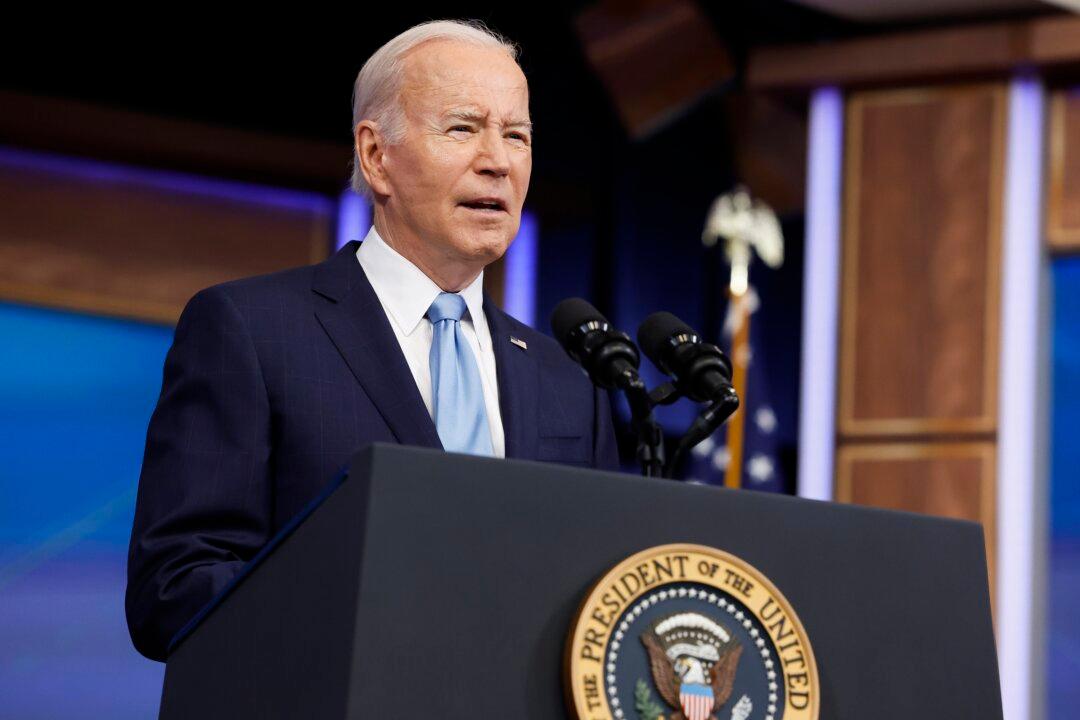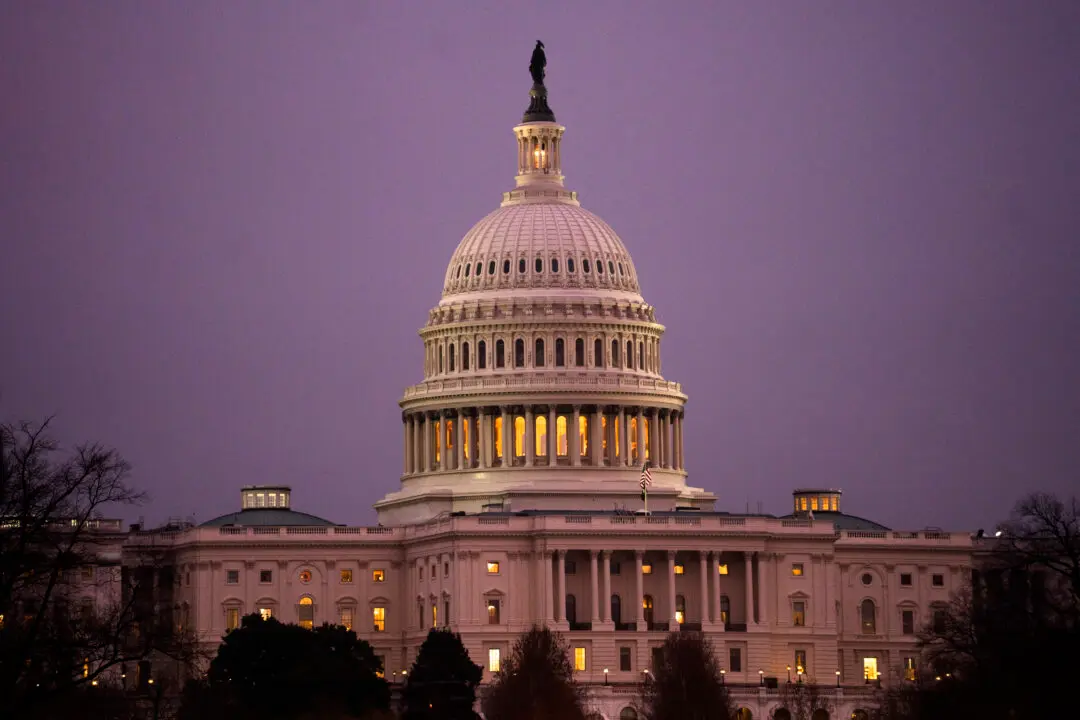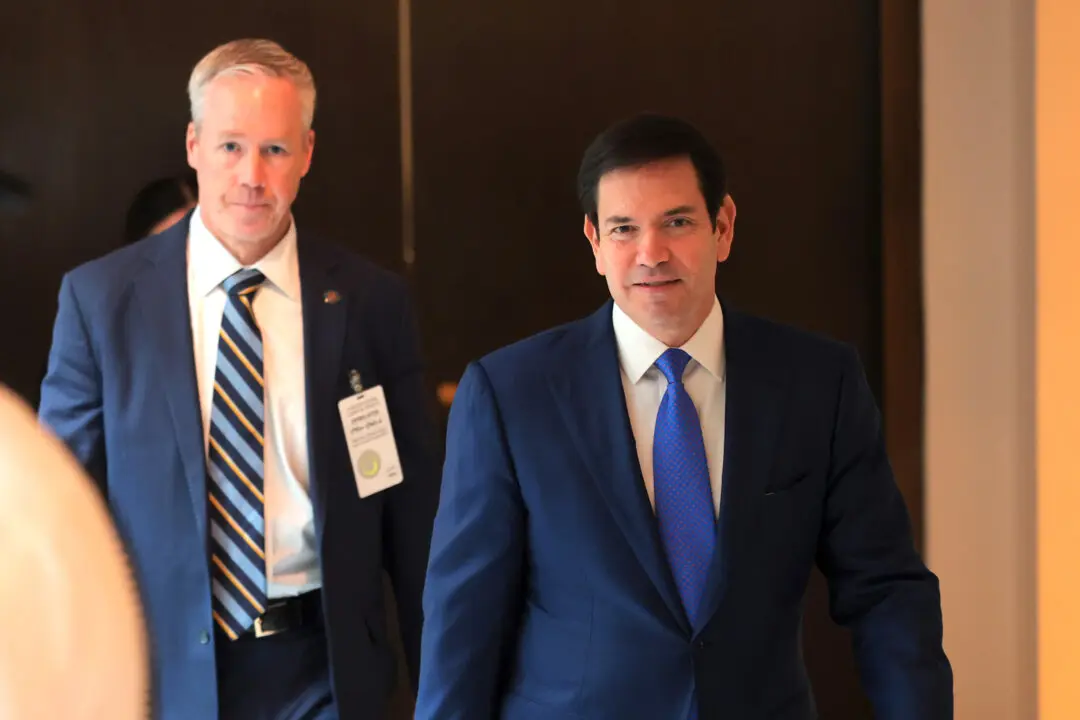Nearly 616,000 public-sector employees had their student loan debts forgiven after President Joe Biden’s administration temporarily loosened the rules on the Public Service Loan Forgiveness (PSLF) program beginning in October 2021, according to the U.S. Department of Education (DOE).
The agency stated that a total of $42 billion in loans have been forgiven under the Biden-era PSLF rules—a total that represents about $68,000 worth of loans forgiven for each of the public-sector employees involved. Some 610,000 people already have had their student loans discharged, while another 6,000 will soon see their student debt erased.





